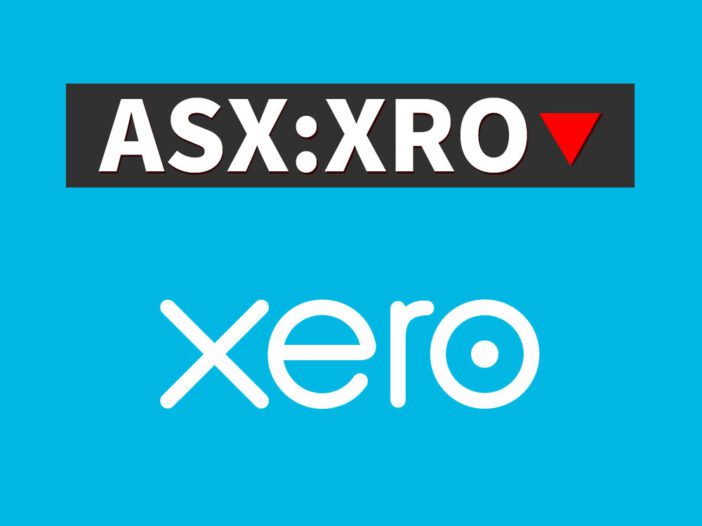On a rough day for investors, Xero Ltd [ASX:XRO] is faring worse than most.
The accounting software developer’s share price trading 10.61% lower at the time of writing, falling dramatically as its full-year account failed to meet lofty growth expectations.
Granted, fears of inflation and a broader market sell-off certainly compounded the issue.
So, is this a buying opportunity or a sign of more damage to come?
Expectations and limitations
First, let’s talk about Xero’s results.
Revenue for FY21 was a total of NZ$848.7 million. An 18% increase over the NZ$718.2 million last year. A solid improvement, for the most part.
Similarly, annualised recurring revenue topped out at NZ$963.6 million. Up 17% from NZ$820.5 million in 2020.
On top of that, total subscriber numbers also saw a marked improvement. Up 20% from 2.285 million to 2.741 million year-on-year.
And perhaps most impressively of all, free cash flow improved by 110%! Reaching NZ$56.9 million for FY21, compared to just NZ$27.1 million in FY20.
So, in almost every possible metric, Xero has delivered a decent or strong improvement.
Which begs the question, why has it suffered such a severe sell-off today?
Well, the answer, as I alluded to earlier, is simply because investors expected more.
As a tech darling of the ASX, Xero shareholders likely wanted to see even greater growth. Especially in subscriber and revenue counts.
To contrast, last year Xero saw a 30% and 26% increase in revenue and subscriber numbers, respectively. With an even more eye-watering 320% increase in free cash flow.
Needless to say, that kind of growth isn’t always going to be possible, especially as Xero continues to get bigger. But, clearly, investors were hoping for at least a little more from today’s results.
And while management is still noticeably upbeat about the future, shareholders will now have to decide whether to hold on or get out. Because as Xero notes in its update today, expenses are only going to go up in FY22:
‘Total operating expenses (excluding acquistion integration costs) as a percentage of operating revenue for FY22 are expected to be in a range of 80-85% which is consistent with levels seen in the second half of FY21 and the pre-pandemic period.
‘Integration costs, relating to the three acquisitions announced during FY21, are expected to increase total operating expenses as a percentage of operating revenue by up to 2% for FY22.’
With that in mind, I’m sure some investors will be exiting the stock today and not returning.
But, in my view, it also opens the possibility for a buying opportunity. That is if you’re the type of investor that is comfortable with some volatility.
Because while Xero certainly carries a large market cap, it has still shown bouts of big share price movement.
What’s next for the Xero share price?
Looking ahead it’s clear that Xero is at somewhat of an impasse. Their global ambitions are certainly still unfolding, but in their more established markets the need for ‘more’ is evident.
Whether that be more from their products, or more service offerings, or simply more engagement.
It seems clear that Xero just needs more. And I think even management recognises that. After all, those acquisitions are all going to add value to Xero’s platform and software. All of which should help attract and retain subscribers.
For that reason, I wouldn’t be surprised if Xero did deliver improved growth this time next year. Barring any major slip-ups or external market forces, of course.
But, as always, it is by no means guaranteed.
More importantly though, if you’re going to take a punt on fintech stocks, there are far more exciting options on the ASX. With a whole host of smaller and potentially more lucrative companies waiting for the opportunity to explode higher.
We’ve even put together a report on three of our top picks in the fintech scene right now.
You can check it out for yourself, for free, right here.
Regards,
Ryan Clarkson-Ledward,
For Money Morning

